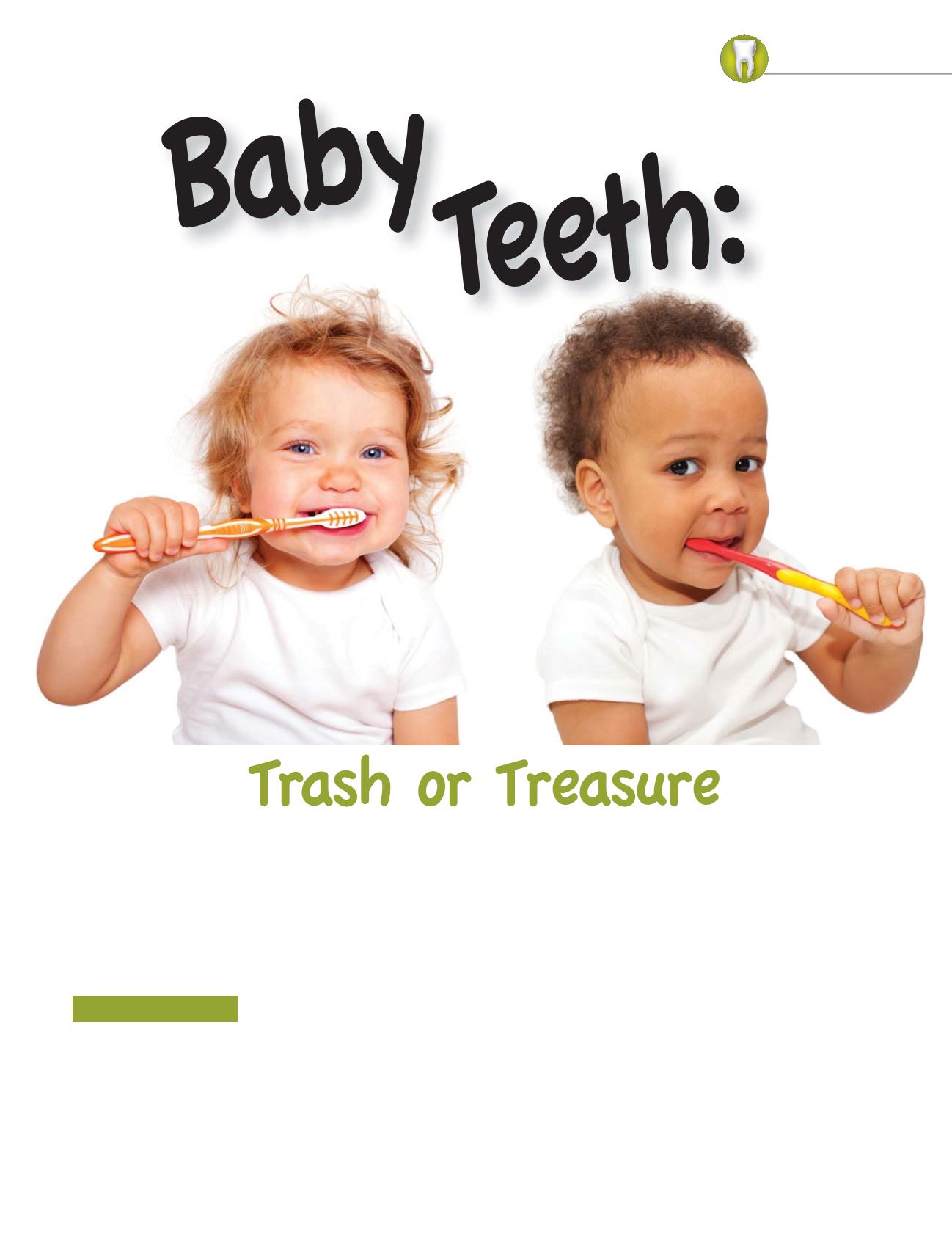
 XXX $IBSMFTUPO1IZTJDJBOT DPN
XXX $IBSMFTUPO1IZTJDJBOT DPN
]
XXX $IT%FOUJTUT DPN] XXX 4VNNFSWJMMF1IZTJDJBOT DPN
smiling faces
M
ost children have a total of 20 baby teeth.
At around 6 months of age, the first of 20
sharp chompers appear, 10 on the top and
another 10 on the bottom. Technically
known as deciduous teeth, they act as placeholders for the
adult teeth that grow in after the baby teeth fall out.
Losing a tooth can often be painful or traumatic for
a child. For some, the idea of
losing a part of themselves is
upsetting. To lessen the fear, in North America, parents
turned to offering a small token or payment for the tooth.
Hence, the tooth fairy was created and became a wildly
successful way of easing the pain.
“The tooth fairy is a great way to help children not
to fear but to take an interest or look forward to losing
a tooth,” explained Dr. Dorothy Baker, pediatric dentist
and owner of Summerville Pediatric Dentistry and
Orthodontics. “Saving lost baby teeth is a special habit
in our culture and is wildly popular as well as widely
accepted. We even have tooth fairy dolls that mimic The
Elf on the Shelf®.”
In medieval Europe, tradition dictated that the baby’s
tooth be buried right away to prevent a witch from taking
ownership. It was thought that if a witch were to acquire
the tooth, she might be able to obtain total power over
the child. In Norse culture, soldiers going into battle wore
children’s teeth because they were believed to be a source
of good luck.
The concept of saving or storing a child’s tooth is
practiced around the world and in many different cultures.
Today, many parents add the caveat that the tooth fairy
won’t pay for decayed teeth, only for healthy ones –
another reason to brush them three times a day.
School nurses often send home a child’s tooth in a
#: 45"$: & %0.*/(0
















